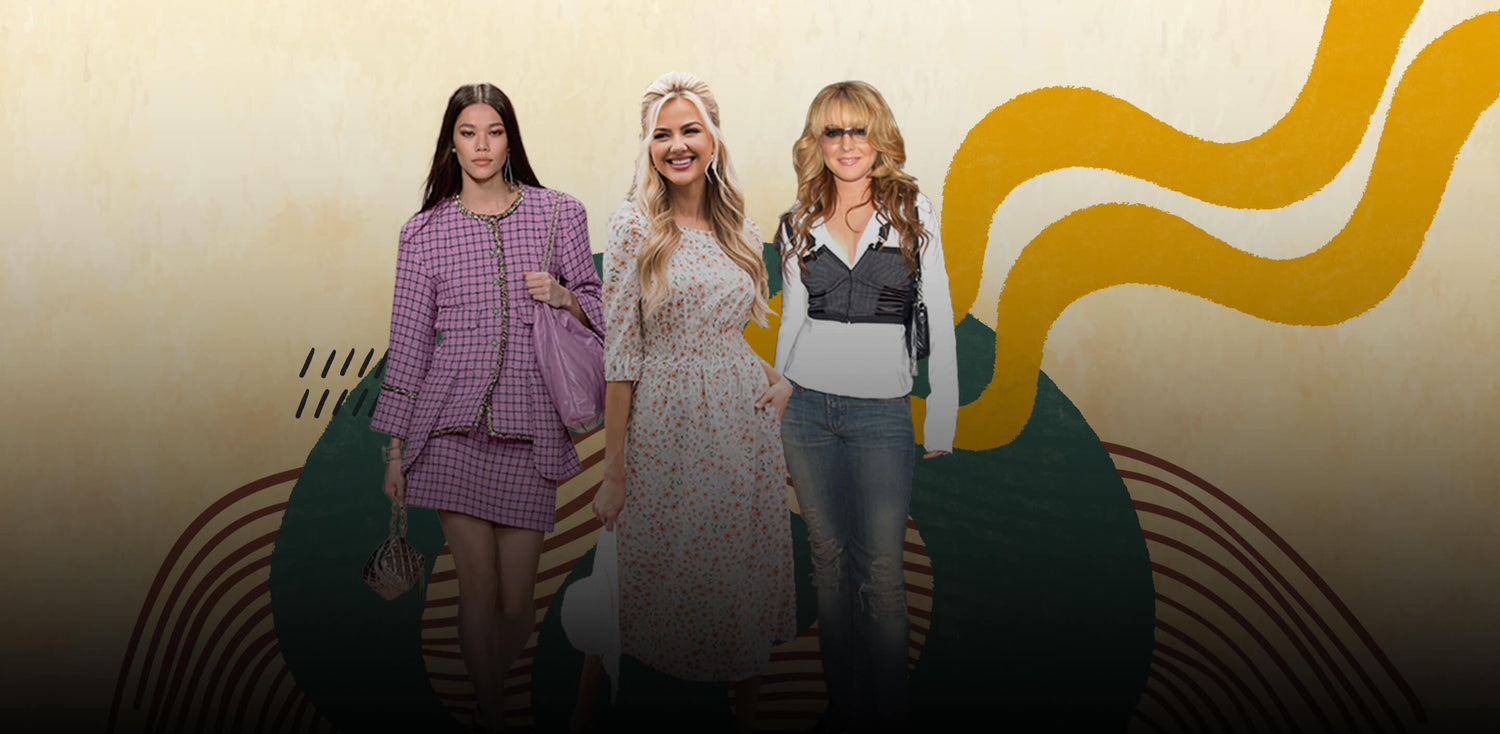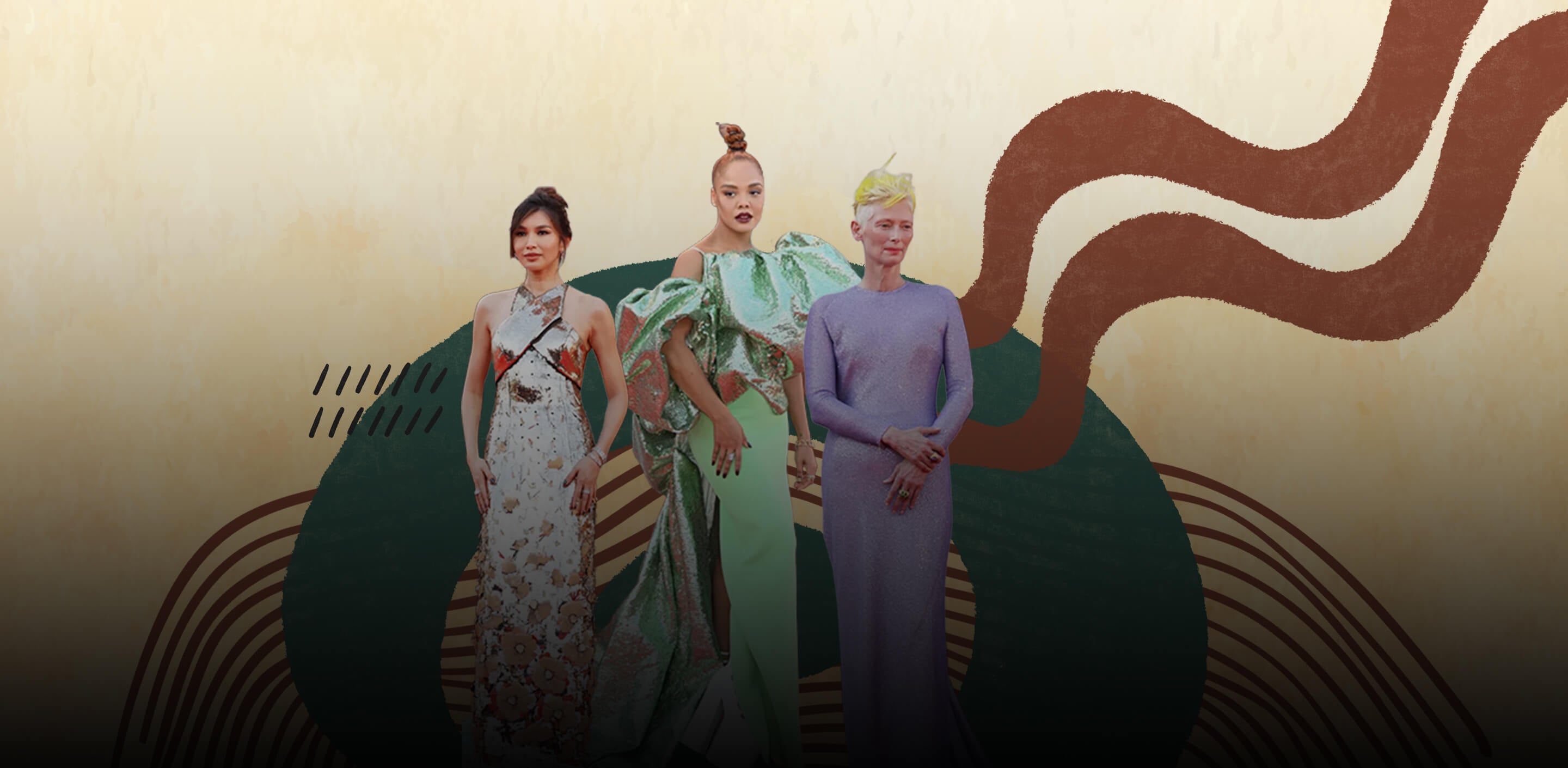The fashion industry is connected with the United Kingdom. From the Mackintosh and punk to the bowler hat and the kilt, the United Kingdom is the cradle of various different fashion trends. But what does it mean to be "in vogue" in Britain these days?
Since the British style has had such an impact on the global fashion business, the blog will also touch on the significance of fashion history, London's position as a worldwide fashion powerhouse, and the need of preserving the past.
Without waiting, let's get started and explore the history of British Fashion!
The 1800s

Men's and women's fashions both underwent a period of modernization around the close of the 18th century. Men kept wearing tailcoats, although they were shorter, while ladies wore corsets and gowns, albeit they were looser and more form-fitting.
London's clothing industry flourished as ships brought fabrics and dyes from all over the British Empire. Along with the widespread availability of sewing machines, this factor contributed to the explosion of new silhouettes and colors in post-Victorian clothing. Interesting!
The 1900s

In the 20th century, we can see that ladies are still wearing corsets. Particularly in vogue was the S-bend corset, which drew the hips back and the chest forward and was commonly seen with flouncy blouses trimmed with lace or ribbon. In addition to dresses, separates were a common choice for women.
British men's fashion at the time was quite conservative, with limited room for individual expression, as seen by the prevalence of three-piece suits and hats.
The 1940s

With the outbreak of World War II, more practical, military-inspired clothing was reintroduced. The United Kingdom government issued a utility plan defining clothing guidelines to cut down on fabric use. Clothing for both sexes looked like utility uniforms, complete with padded shoulders and a multitude of buttons.
In an effort to make practical clothing more appealing, designers turned to bold colors, while inexpensive materials like rayon began to see more use.
The 1980s

Some have called the 1980s "the decade that fashion forgot," yet there's no denying that it was a fascinating moment for British design. Shoulder pads, power suits, and neon lycra were just some of the decade's most iconic trends in women's fashion.
In addition to classic jeans, this decade saw the rise of denim jackets and skirts. As with women's fashion, power dressing and athletic gear like tracksuits and windbreakers were commonplace in men's.
The 1990s

As the 1990s progressed, fashion became more relaxed, with both sexes opting for looser fits like jeans. Women's fashion in UK has been heavily influenced by sportswear, which has led to the rise of items like biker shorts and baggy hoodies. Used and vintage clothing, which was often inspired by grunge, also had a resurgence in popularity.
Men were also affected by grunge movements and songs such as Nirvana, with flannel shirts, denim, and converse shoes becoming fashionable.
The 2000s

In the 1990s, fast fashion took off in the West, particularly in the United Kingdom. Many clothing started taking cues from the celebrity culture, and they were mass produced as quickly and inexpensively as possible. Popular in the year 2000, mesh tops, wide-leg jeans, and bedazzled t-shirts made a comeback this year.
In the 00s, fashion saw a surge in creativity. The 1980s had an effect on some of the trends we saw, such as neon and geometric prints, but we also saw an increase in alternative trends, such as the emo style and scene. Some of the most ubiquitous 00s fashions in the UK include skinny jeans, ugg boots, and wide belts.
Fashion Today

There has been a movement toward sustainability, waste reduction, and the use of high-quality clothing since the end of the 2010s. As the fast fashion industry has expanded, however, tensions between UK fashion brands have continued into the current decade.
People became more conscious about using sustainable fabrics which lead designers to curate slow fashion outfits.
As for the environmental, societal, and economic aspects of fashion in the UK now, we can only hope that the United Kingdom will continue to produce innovative and imaginative designs.
FAQ
Why fashion industry is important in the UK?
As an industry, the fashion business is worth tens of billions of dollars. The amount of money made and the number of new jobs produced both have substantial effects on the economy.
How did London become a fashion capital?
London's reputation as a fashion capital has been solidified by the fact that it serves as a source of inspiration for designers at all stages of their careers, thanks to the wide range of cultures represented here.
How did fashion change after ww2?
The fashion industry in Britain was severely impacted by the war. There was a severe lack of resources and fundamental supplies for civilian clothing. As a result, staples in the fashion industry, such as silk, became prohibitively expensive.
We also happen to be a magnet for suggestions, and would love to catch yours….throw us yours on hello@fabriclore.com





